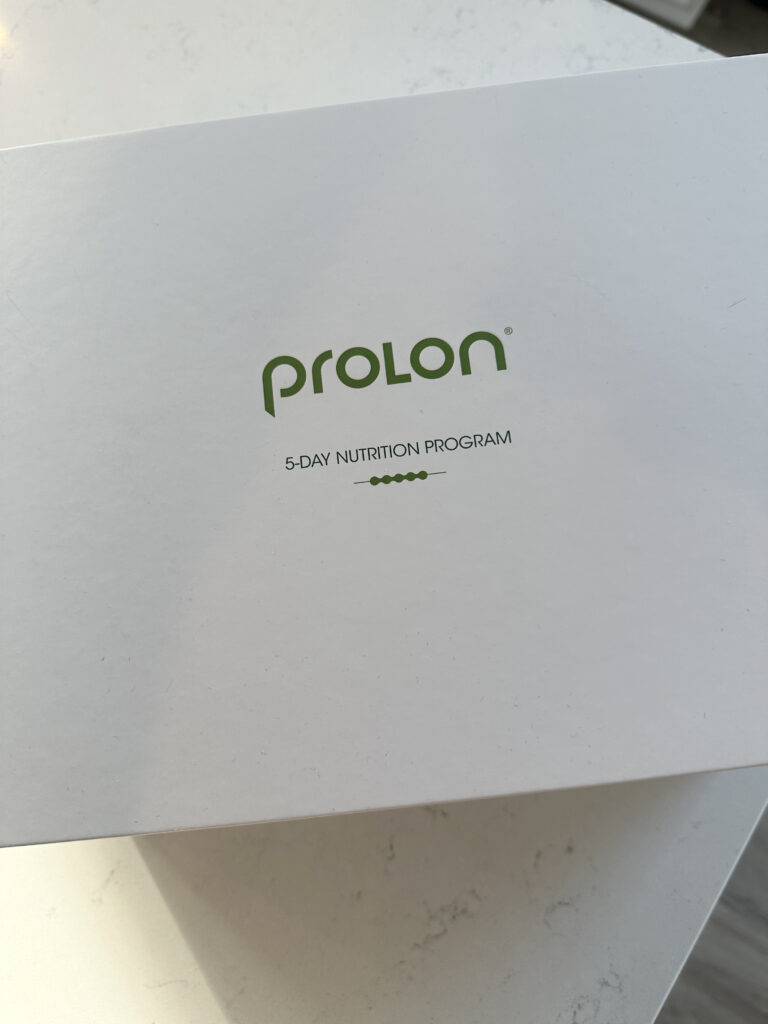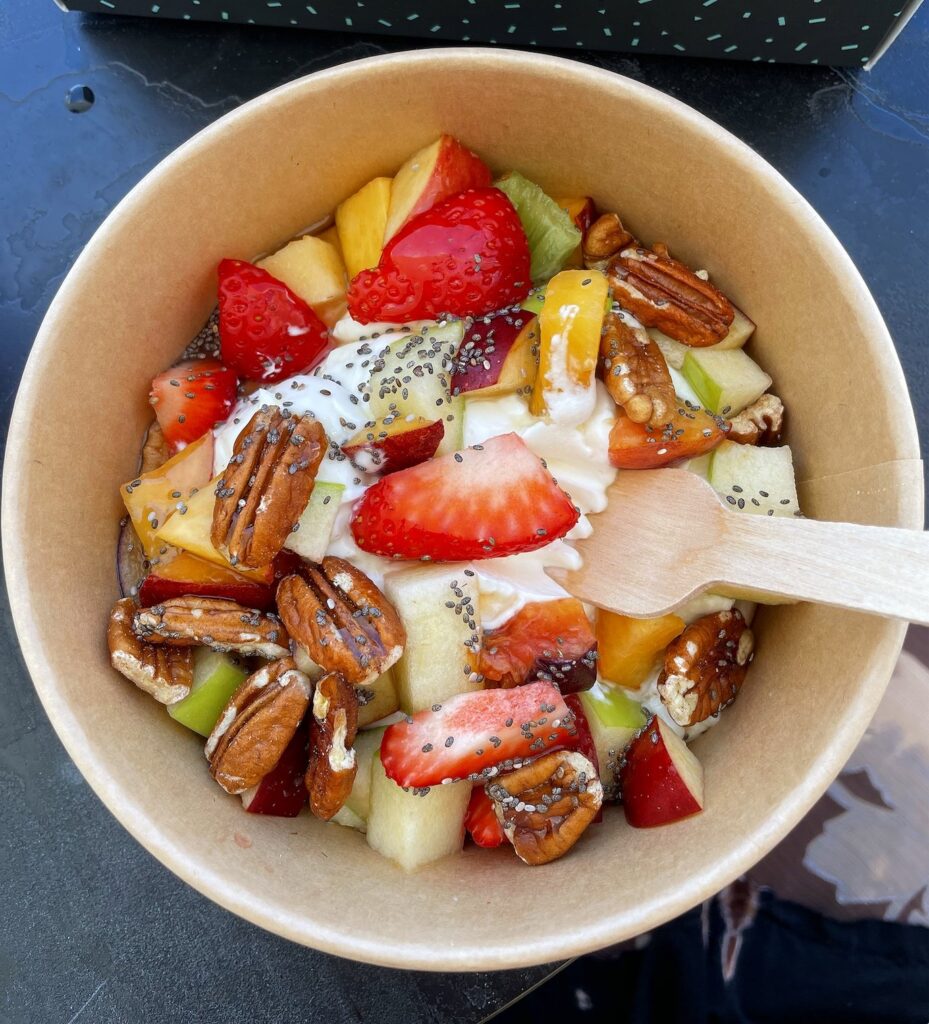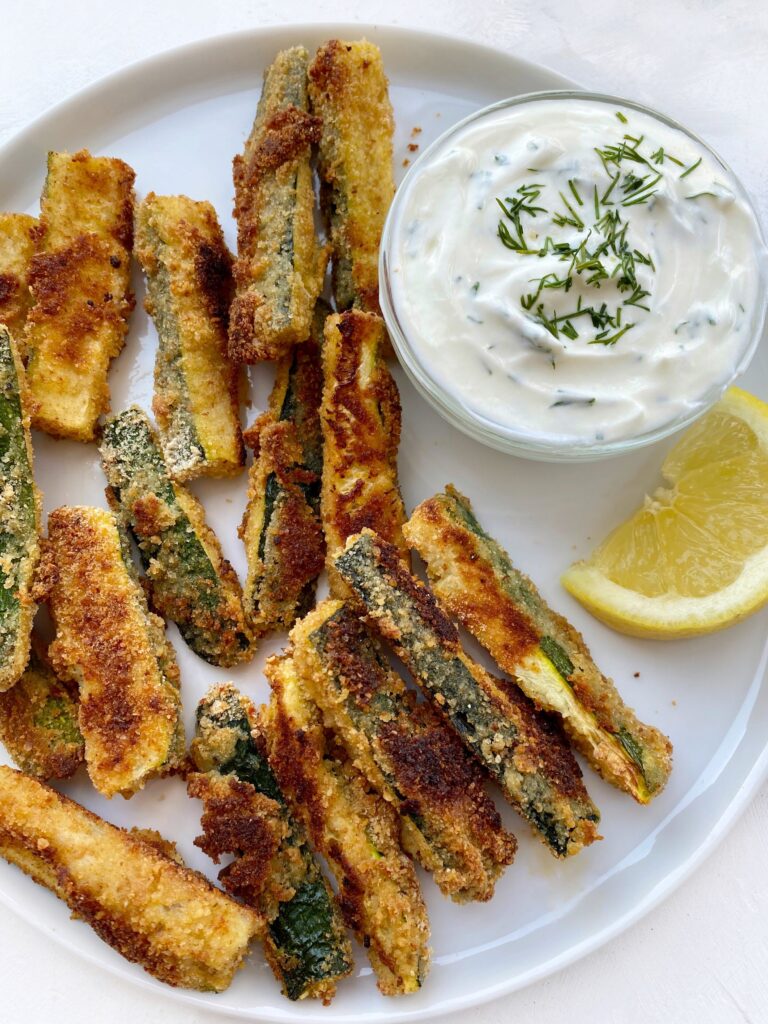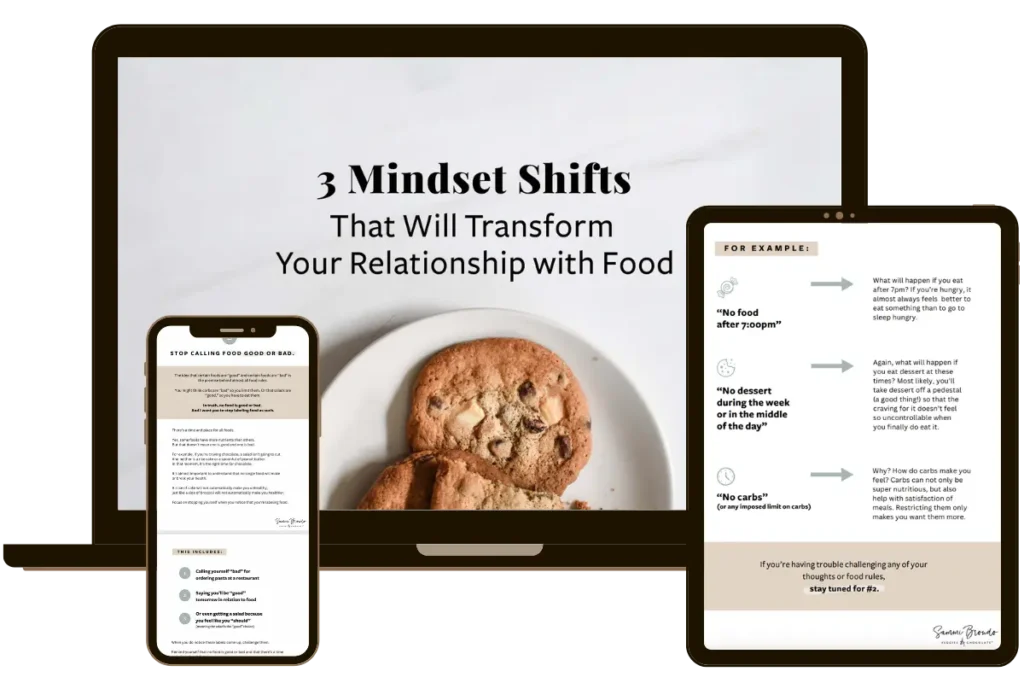So You Have Gestational Diabetes, Here’s How to Manage it with an All Foods Fit Philosophy
By Sammi Brondo — July 26, 2024

According to the CDC, 2-10% of women get diagnosed with gestational diabetes during their pregnancy (1) – that’s a lot! It can often seem really scary and unknown. More often than not, you’ll find yourself knowing a friend, or a friend of a friend, who had gestational diabetes during their pregnancy.
Personally, when I was pregnant with my first child, I failed my 1-hour glucose test. Even as a dietitian, I started to panic. I had briefly learned about GDM in grad school but certainly didn’t know enough about it. My first thought was to blame myself: what was I doing wrong? How could I let this happen? I’m a dietitian for crying out loud!! But the more I researched and understood what it actually was and how it happened the more confident I felt that I could take this on if I didn’t pass my 3-hour glucose test. Luckily I did pass it, but it inspired me to try and break the stigma of GDM and educate other pregnant women on why it happens, how it’s NOT your fault, and how often it can be managed with diet and exercise alone.
So, let’s get to the bottom of it and normalize a pretty common hurdle of pregnancy.
What is it?
Gestational diabetes (GDM) is a type of diabetes that occurs in women while they are pregnant who didn’t have diabetes beforehand1. What this means is women have elevated blood sugar levels while they are pregnant. More often than not, after a woman gives birth the diabetes goes away. If the diabetes doesn’t subside, then a woman is diagnosed with Type 2 diabetes.

Why does it happen?
While we don’t really know the exact cause of gestational diabetes, it’s thought that hormones play a large role (2). During pregnancy, your placenta produces certain hormones that increase insulin resistance. Insulin is a hormone, secreted by the pancreas, that absorbs glucose (or blood sugar) from your blood and into your cells so it can be used for energy. When your pancreas can’t produce enough insulin to compensate for the amount hormones being secreted by your placenta, your blood sugar rises and can cause gestational diabetes.
This is why once you get rid of your placenta after birth, gestational diabetes generally goes away.
OK got it. So how do I manage it?!
If you find yourself diagnosed with gestational diabetes, first and foremost: don’t panic. It’s totally common and nothing to stress about! It’s definitely best to speak with your doctor and work with a dietitian who specializes in GDM management too. And remember that usually it can be managed through lifestyle changes and diet alone! Sometimes medication is necessary, but that will be determined by your doctor and dietitian based on your blood glucose monitoring (3).
The best diet for managing diabetes is one that includes whole grains, lean protein, healthy fats, fresh fruit, and vegetables – which as you can see is not much different from an average, balanced diet! The combination of eating foods with protein, fiber (from whole grains, fruit, and vegetables) and healthy fats helps slow the breakdown of food in your stomach so glucose can be gradually released into your bloodstream, therefore avoiding a rise in blood sugar.
When people hear diabetes, I know they immediately think “I need to cut out carbs!” But I can’t stress enough how far that is from the truth. Carbs are crucial for our body for SO many reasons (read more about them here!), and whole grains provide fiber, which is again needed to help slow down digestion and the release of glucose into the bloodstream.

Example meals
So now you might be thinking, “Well how do I apply those components into everyday meals?” Below are some easy, balanced examples to get you started!
Starting with breakfast: an easy go-to is avocado toast with eggs. Avocado would serve as your healthy fat, toast is your whole grain, and eggs are your protein. Another easy staple is 2% fat Greek yogurt (this has both protein and your fat!) with granola (whole grain) and fruit (fiber).
When it comes to lunch and dinner, these meals can generally be interchangeable. One of the easiest meals to put together is something like a turkey sandwich (turkey is protein, whole wheat bread is the whole grain) with either cheese or mayo (healthy fats) and a side of baby carrots or side salad (which would be your fiber). Another quick and easy go-to that checks all the boxes: salad! Pick your lettuce and veggies as part of your fiber, add in some protein (tofu, chicken, turkey, shrimp), a piece of bread or pita as your whole grain, and the salad dressing as a source of healthy fat.
Or, let’s say you and your partner are having pizza night. Grab a slice with pepperoni (you’ve got a grain, fat and protein) and try to add a salad on the side for some extra fiber. There’s still room for all foods!
As you can hopefully see, these meal suggestions are pretty similar to everyday choices. Nothing fancy, no omitting certain foods or food groups, and all fall into a balanced meal. All foods truly can fit – even with GDM.
Lastly, in addition to diet, physical activity plays a role in managing blood sugar levels as well. Exercising helps create insulin sensitivity, which helps your body absorb glucose better from the blood. Trust me, I know that exercise can be tough during pregnancy, and you definitely don’t have to do anything crazy. Even a 20-30 minute walk can help a lot.
All in all, if you or someone you know gets diagnosed with gestational diabetes, don’t panic! Most of the time it is completely out of our control and totally a hormonal issue. Nothing you did sparked the diabetes. And, it can most often be well managed with diet and exercise alone.
Most importantly, GDM is not a reason to exclude foods from your diet or go on a crazy restrictive diet. Remember, you’re still pregnant, after all! Listen to your body, honor your hunger, and try to make your meals as balanced as possible to help you feel your best throughout the rest of your pregnancy.
You’ve got this, mama!
This blog post was written by Natalie Baum, senior dietitian at Sammi Brondo Nutrition. Natalie had her son, Charlie, in January 2020. Read more about Natalie here!
1. Centers for Disease Control and Prevention. Gestational Diabetes and Pregnancy. Available at https://www.cdc.gov/pregnancy/diabetes-gestational.html.
2. Healthline. Gestational Diabetes. Available at healthline.com/health/gestational-diabetes.
3. Mayo Clinic. Gestational Diabetes. Available at https://www.mayoclinic.org/diseases-conditions/gestational-diabetes/diagnosis-treatment/drc-20355345.
Want more tips on creating an easy, sustainable healthy relationship with food? Check out my membership program, All Foods Fit, with 12 thorough lessons to teach easy ways to create a healthy relationship with food. Or, check out my e-book, 7 Days to Make All Foods Fit, to learn a step by step guide to create a healthier relationship with food in just 7 days.













